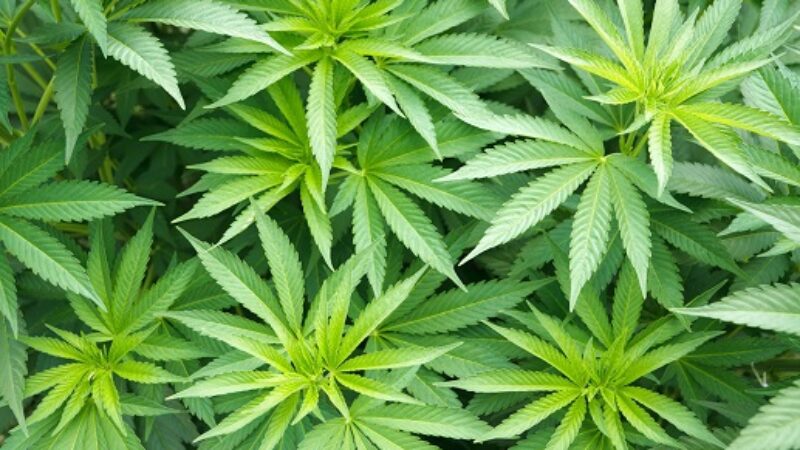About 20% of the North American population suffers from dry skin (xerosis) on an ongoing basis. Often a temporary problem, dry skin often worsens during the colder months when the humidity is low. For some individuals, however, dry skin may be an ongoing concern.
For specific products that can help to treat dry skin click here. If you are interested in self care, causes and symptoms of dry skin, read on.
Skin tends to be driest on arms, lower legs and sides of the abdomen, though this can vary considerably from person to person. Signs and symptoms of dry skin will vary amongst individuals depending on factors such as age, health status, external environment and amount of time spent outdoors.
Are You Susceptible to Dry Skin?
Not everyone develops dry skin – some individuals are more likely to develop tight, dry skin than others. While researchers believe that a genetic component may be involved, other factors may also play a role:
- Age. As we get older, our oil glands become less active leading to a smaller lipid barrier. Skin cells start to clump together appearing flakier and scalier. In women, estrogen production declines leading to thinner skin and less fat deposits. All of these factors conspire against us, possibly contributing to dry skin.
- Your sex. Men produce more testosterone than women and it is this hormone that can contribute to oil production. The additional oil tends to help prevent men’s skin from becoming as dry as women’s.
- The sun. The sun can dry and damage skin, often deep into the dermal layer. The damage causes a disturbance to the intracellular matrix. Sun damaged skin looks like and exacerbates dry skin.
Symptoms of Dry Skin
If you have dry skin, it’s more than likely that you’ll experience one or more of the following symptoms:
- A feeling of skin tightness, especially after showering, bathing or swimming
- Skin that appears shrunken or dehydrated
- Skin that feels and looks rough rather than smooth
- Itching (pruritus) that sometimes may be intense
- Slight to severe flaking, scaling or peeling
- Fine lines or cracks
- Redness
- Deep fissures that may bleed
Dry Skin is The Result of a Damaged Lipid Barrier
In order to treat dry skin, it’s important to first understand what causes it. Skin is the body’s largest organ making up about 15% of the body’s weight. It can be divided into 3 layers comprised of the epidermis, the dermis and subcutaneous tissue. With dry skin, it is the epidermal or uppermost layer that tends to be implicated. The stratum corneum, a thin layer that covers the epidermis and the space between skin cells in the stratum corneum (intercellular matrix) are damaged resulting in an inability to keep moisture in or protect skin from the outside world. Skin will become dry, rough, itchy, red or even cracked.
Does Dry Skin Lack Moisture?
Contrary to what you might think, a lack of moisture isn’t technically the cause of dry skin. In fact, dry skin tends to result from damage to the intercellular matrix which results in an inability to retain moisture. The intercellular matrix is extremely vulnerable and several factors can result in its disturbance including:
- Dry air, over-heating, air conditioning or climate
- Hot showers, washing with hot water
- Over-active/harsh soaps and gels
- Alcohol containing skin care products
- External conditions such as wind, cold air, sun
- Dehydration to some extent
- A decline of hormones associated with aging. Estrogen, in particular tends to be implicated in women.
- Other factors including medical conditions, medical treatments and certain drugs can also play a role in altering the function of skin:
- Medical treatments such as dialysis, radiation
- Psoriasis. This skin condition is marked by a rapid build-up of rough, dry, dead skin cells that form thick scales.
- Medical conditions such as hypothyroidism. One of the symptoms of hypothyroidism is rough, dry skin.
- Alcohol and drugs. Alcohol and caffeine can visibly dry your skin. Prescriptions drugs including diuretics, antihistamines, isotretinoin (Accutane) also have a drying effect.
- Dehydration. The loss of bodily fluids as with severe diarrhea, vomiting or profuse sweating can cause your body to lose more fluid than you take in. When the body is dehydrated, skin will lose its elasticity.
Related Dry Skin Conditions
Though not technically dry skin, a number of conditions are related to dry skin:
- Keratosis pilaris. Characterized by small, acne-like bumps, keratosis pilaris is thought to have a genetic component. The bumps give the appearance of ‘chicken skin’, manifesting on upper arms, legs and even buttocks. Skin can look red or inflamed. Dry skin can contribute to keratosis pilaris. While not contagious, individuals with keratosis pilaris are very self conscious of their condition.
- Ichthyosis vulgaris. A condition that develops when skin cells fail to shed normally, ichthyosis may be referred to as fish scale disease. Scales are small and may range in color from white to brown. The condition can result in flaking on the scalp as well as flaking and deep, painful fissures on palms of the hand and soles of the feet.
- Asteatotic eczema (eczema craquele). Asteatotic eczema results in dry, scaly and very deeply fissured skin. Skin tends to be inflamed and itchy and often bleeds.
- Psoriasis. Marked by reddened skin with dry, silvery scales, psoriasis sometimes resembles dandruff. In more severe cases, skin may crack, bleed and form pus-filled blisters. Psoriasis is a chronic skin condition that tends to flare periodically. Though it may go into remission, it usually remains active for years.
When to Seek Medical Attention
Dry skin tends to be uncomfortable rather than dangerous, however it may lead to more serious conditions when the skin’s normal protective mechanisms are severely compromised as in the very young, the elderly or those who suffer from an illness. Here’s when medical attention may be required:
- Eczema (dermatitis) – If skin gives rise to redness, cracking and inflammation, then you may be wise to get medical help.
- Folliculitis – An inflammation of your hair follicles.
- Cellulitis – This potentially serious bacterial infection of the skin’s underlying tissues may enter the lymphatic system and blood vessels. Antiobiotics will most likely be necessary.
Basics of Treating Dry Skin
Skin care products can help to replace lost moisture and maintain the skin’s protective barrier. Your first step, however should be prevent moisture loss in the first place:
- Avoid dry air; use a humidifier if necessary
- Avoid hot showers and long baths
- Use gentle soaps and gels
- Opt for products that don’t contain alcohol, which can dry skin
- Keep hydrated
- Cover up when exposed to extreme conditions such as wind, cold, air and sun
Dry skin can be managed effectively by practising good skin care habits and using effective skin care solutions when necessary. To find out more about effective dry skin treatments, click here.



